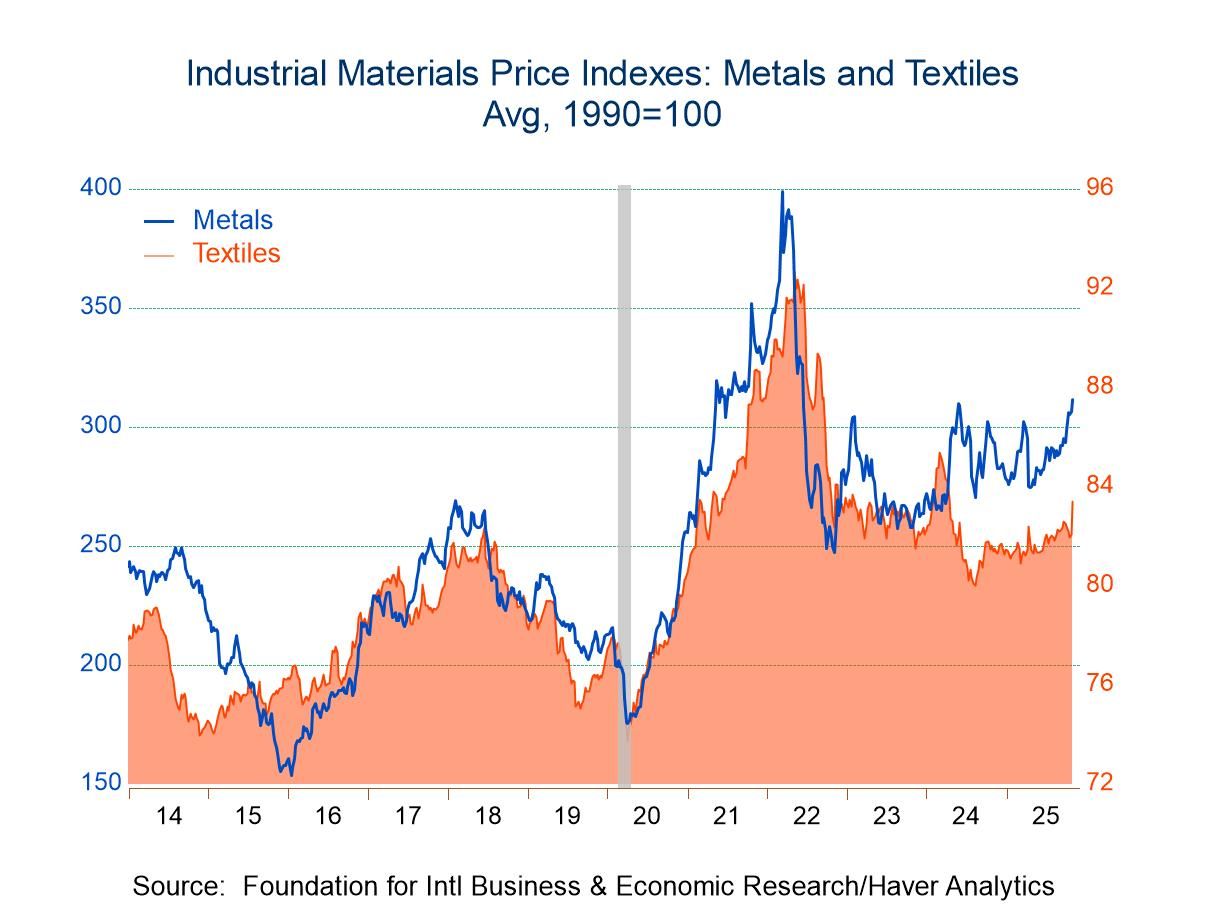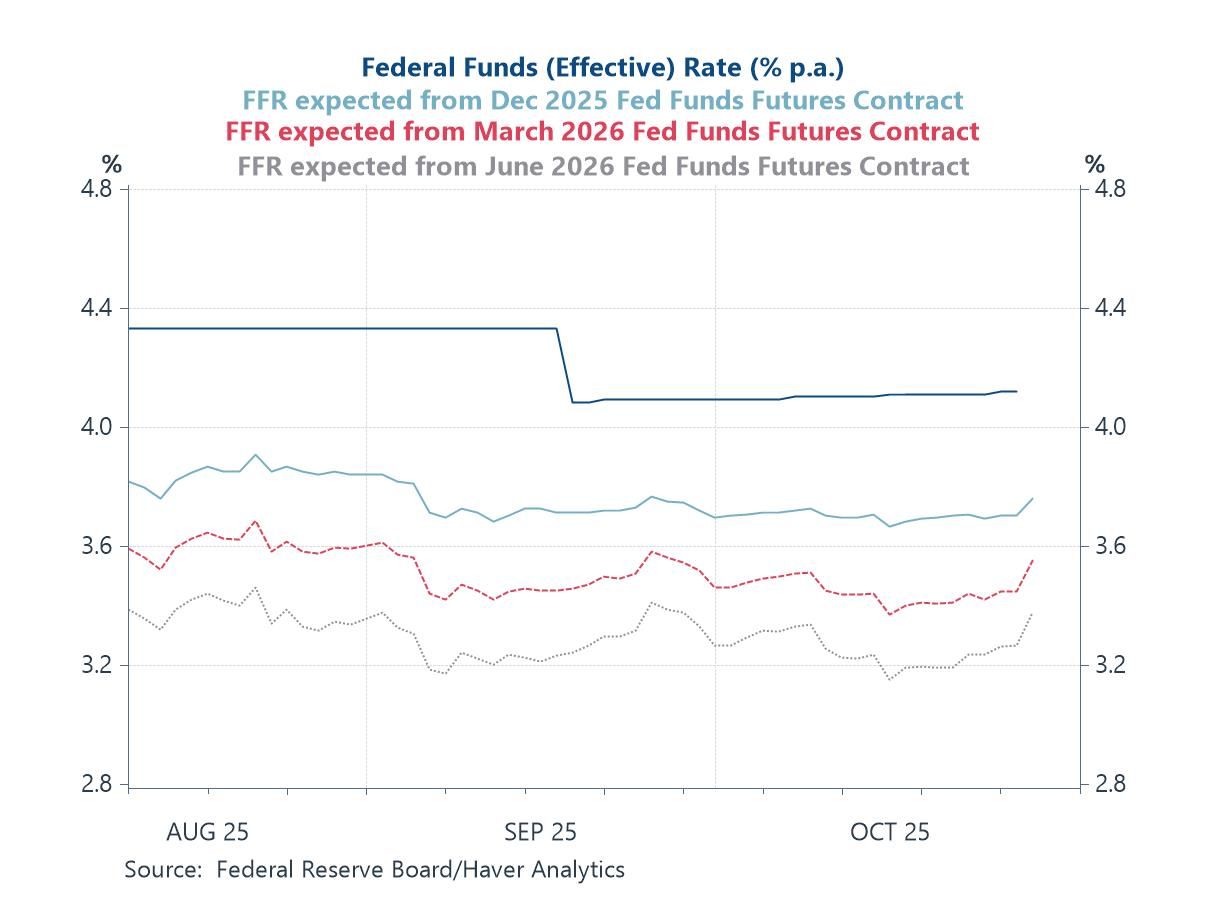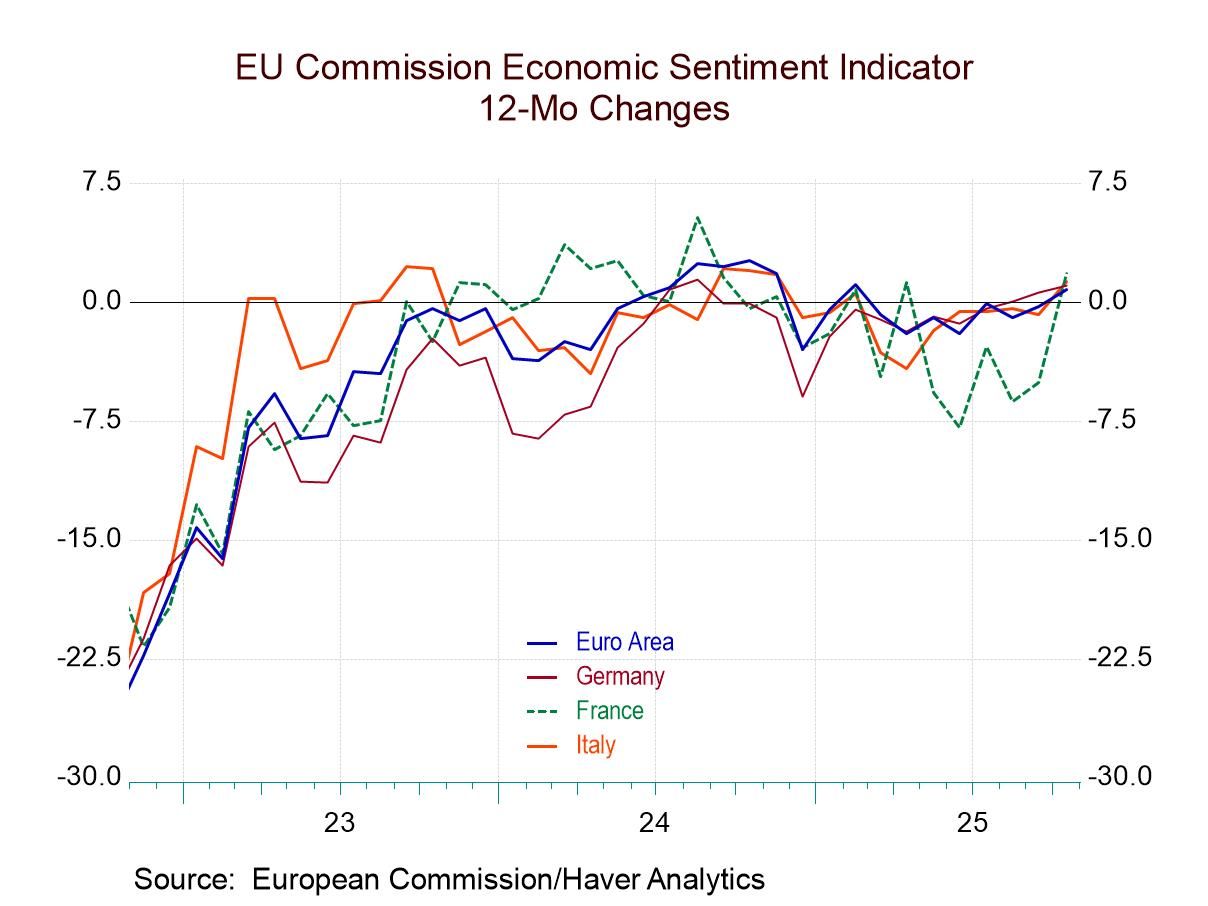U.S. Employment Growth Stays Firm in May; Earnings Growth & Jobless Rate Steady
by:Tom Moeller
|in:Economy in Brief
Summary
- Pattern of employment gains moderates versus 2021.
- Hourly earnings growth is mixed amongst industries.
- Jobless rate hovers near 50-year low.


The signals from the May labor market report are part of a story of continued expansion overall. Nonfarm payroll employment increased 390,000 (4.5% y/y) last month following a 436,000 April rise, revised from 428,000. A 325,000 May gain had been expected in the Action Economics Forecast Survey. The 436,000 April rise was revised from 428,000, but the March rise was revised down to 398,000 from 428,000.
Wage growth remains solid. Average hourly earnings rose 0.3% in May, the same as in April. A 0.4% rise had been expected. The 5.2% y/y gain in May remained up significantly from the 4.2% growth registered for all of 2021.
The unemployment rate held steady m/m in May at 3.6%. A dip to 3.5% had been expected. Employment in the household survey rose 321,000 after declining 353,000 in April. The labor force rose by 330,000 after falling 363,000 in April. The overall unemployment rate, including those who were marginally attached or working part-time for economic reasons, edged higher to 7.1%, its highest point in three months.
Last month's gain in payroll employment reflected variation in business sector hiring in the private service sector, where jobs increased 274,000 (5.2% y/y) following a 336,000 April rise. It was the smallest since April of 2021. The slowdown primarily reflected a minimal 1,000 worker rise (4.0% y/y) in trade, transportation & utilities employment which included a fall in retail trade employment of 60,700 (+27% y/y). Elsewhere, there was improvement. Growth in leisure & hospitality sector jobs of 84,000 (12.7% y/y) was almost the same as April's 83,000 increase, although a fraction of the 196,00 average monthly increases last year. Employment in the professional & business sector rose an improved 75,000 (5.5% y/y) as temporary help rose 19,300 (12.4% y/y). The number of education & health workers rose 74,000 (2.7% y/y).
Government sector payrolls strengthened 57,000 (1.3% y/y) in May as the number of state government jobs jumped 36,000 (1.0% y/y), the largest increase in twelve months. Local government jobs rose 16,000 (1.7% y/y) while federal government employment improved 5,000 (-0.3% y/y).
Factory sector employment remained strong last month, rising 18,000 (4.2% y/y). Construction sector payrolls grew 36,000 (3.8% y/y).


Workers' pay continues to benefit from competition to fill job vacancies. The 0.3% rise in average hourly earnings last month was paced by a 0.7% increase (3.4% y/y) in information sector pay. Leisure & hospitality sector earnings strengthened 0.5% (10.3% y/y) while professional & business sector earnings rose 0.3% (6.6% y/y). Education & health service sector earnings also increased 0.3% (5.7% y/y). Financial sector earnings fell 0.2% (+2.3% y/y).
The length of the private sector average workweek held at 34.6 hours, where it's been for three months. Construction sector hours rose to 39.0 but have trended sideway for years. Factory sector hours eased to 40.4 and also have trended sideways. Private service sector hours slipped to 33.5 in May from 33.6 the prior three months as professional & business services hours slipped to 36.6 from 36.7.
From the household employment survey, the steady 3.6% unemployment rate in May reflected a slightly higher labor force participation rate of 62.3%, up from 62.2% in April and just below its two-year high of 62.4% reached in March. It has trended up, nevertheless, from 61.4% early in 2021.
The employment/population ratio for all workers edged higher from 60.0% in April to 60.1% in May. It remained well above its pandemic-period low of 51.3% low in April 2020. In February 2020, the ratio had reached a high of 61.2%.
The average duration of unemployment fell to 22.5 weeks in May from 25.0 in April and remained below the high of 31.6 weeks in June of last year. The median unemployment duration rose to 9.6 weeks in May from 7.5 weeks in April, but remained below a recent high of 19.6 weeks in June of last year.
The employment & earnings data are collected from surveys taken each month during the week containing the 12th of the month. The labor market data are contained in Haver's USECON database. Detailed figures are in the EMPL and LABOR databases. The expectations figures are in the AS1REPNA database.


Tom Moeller
AuthorMore in Author Profile »Prior to joining Haver Analytics in 2000, Mr. Moeller worked as the Economist at Chancellor Capital Management from 1985 to 1999. There, he developed comprehensive economic forecasts and interpreted economic data for equity and fixed income portfolio managers. Also at Chancellor, Mr. Moeller worked as an equity analyst and was responsible for researching and rating companies in the economically sensitive automobile and housing industries for investment in Chancellor’s equity portfolio. Prior to joining Chancellor, Mr. Moeller was an Economist at Citibank from 1979 to 1984. He also analyzed pricing behavior in the metals industry for the Council on Wage and Price Stability in Washington, D.C. In 1999, Mr. Moeller received the award for most accurate forecast from the Forecasters' Club of New York. From 1990 to 1992 he was President of the New York Association for Business Economists. Mr. Moeller earned an M.B.A. in Finance from Fordham University, where he graduated in 1987. He holds a Bachelor of Arts in Economics from George Washington University.





 Global
Global
